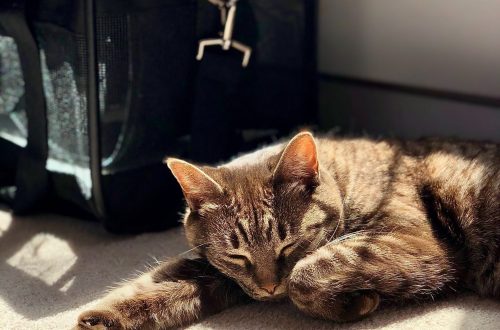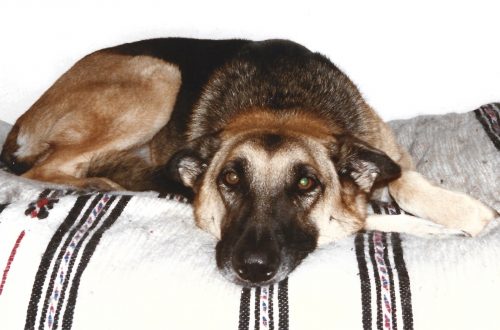
My Furbabies – Lone Star
So I think the best place to start is my personal furbabies, so that you know how my own pet owner experience developed. I have practiced veterinary medicine since 2000, but I have been a pet owner since 1992. When I was in college, I adopted a kitten and was quickly exposed to pet ownership and veterinary medicine as a young adult. I remember taking my dog to the mobile vet with my dad for shots as a child, but really didn’t have any significant experience in a veterinary setting at a young age.
My first furbaby was a siamese mix male cat and I named him Lone Star. He was a little stray that I picked up on a fall break trip during my sophomore year at Texas A&M. He was the sweetest cat and adapted to my traveling college student lifestyle well. He traipsed with me between my college apartment, my parents’ home, and my sister’s dorm room without concern. He always ate and got along with any dog or cat he met. He was the perfect cat. As I look back on him now, I realize that all that activity provided him with lots of environmental stimulation which made him a very social and well adjusted cat. He was always an excellent patient and tolerated veterinarians and technicians well. He didn’t like being in the hospital/clinic setting, but wasn’t aggressive in his behavior.
He exposed me to the ever present feline condition of inflammatory bowel disease (IBD). He started occasional vomiting when he was 3 or 4 years old. When he was around 6, he started having diarrhea which led to some testing at the vet school with very unhelpful results. He was put on different diets which he absolutely hated and refused to eat. Eventually, he did get better, but his vomiting had increased to about once every 1-2 weeks. Which is really not normal for a cat, despite all the old wives’ tales you may hear. I did get his disease controlled on a high fiber diet, with resolution of both the loose stool and the vomiting. He got an increasingly higher fiber diet as he got older and eventually had to start medication for IBD. I did get a biopsy confirmation of his diagnosis, the gold standard, at one point in his life, so I could start appropriate medicine to treat his condition without worrying about whether I was treating the right disease.
My first kitten lived to be 17 years old. I had to finally let him go not because of his IBD, but because of a tumor that was growing in his sinuses. This caused some sinus infections during the last year of his life that came with its own monthly testing and antibiotic treatments. He did start urinating outside of the litter box, generally just in front of it, as he got older. Since I couldn’t find any medical reason for this unwanted behavior, I made some changes to his litter box setup. This made it easier for him to get in, out, and around in his little bathroom. But you can read more about that in a later post.
Lone Star was always a cat quite content in his life and I feel like I gave him a long and happy one. I still miss him dearly.




